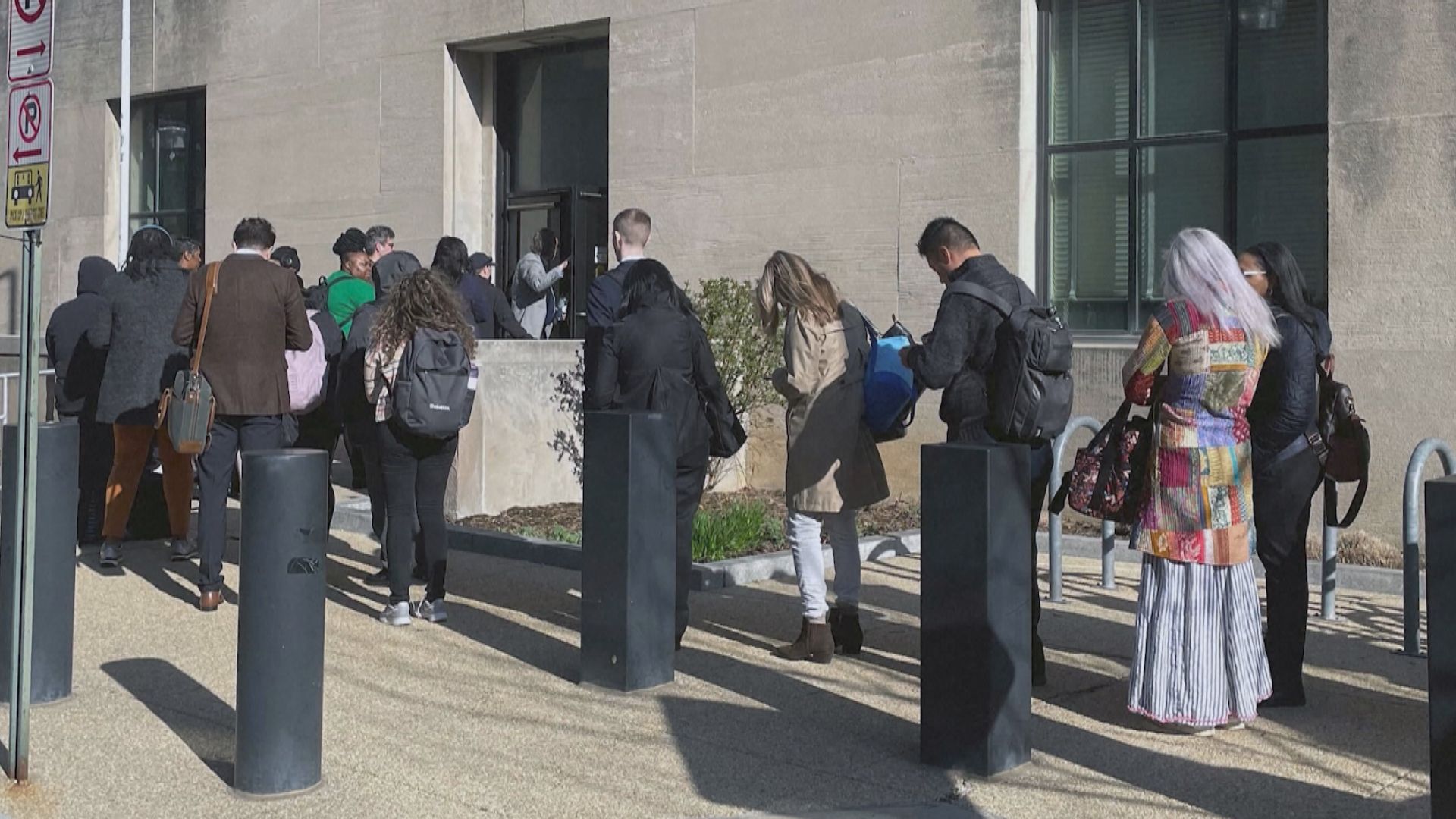On April 2, 2025, the U.S. Department of Health and Human Services (HHS) officially launched a large-scale layoff plan. This move is part of the Trump administration’s efforts to downsize the federal government and cut expenditures. Health Secretary Robert F. Kennedy Jr. criticized HHS as an inefficient “massive bureaucracy,” arguing that despite its $1.7 trillion annual budget, it has failed to significantly improve the health of Americans. He claimed that layoffs and organizational restructuring would save $1.8 billion.
Layoff Scale and Affected Agencies
The layoff is expected to cut approximately 10,000 full-time employees. Combined with early retirements and government “buyout” plans, the total number of full-time employees at HHS will be reduced from 82,000 to 62,000, a reduction of nearly one-fourth. The layoff involves several key departments, including the Food and Drug Administration (FDA), the Centers for Disease Control and Prevention (CDC), and the National Institutes of Health (NIH). Specifically, the FDA will cut 3,500 employees, the CDC will cut 2,400 employees, and the NIH will cut 1,200 employees.
Concerns Raised by the Layoff
The layoff has had profound impacts on the U.S. health system. A large number of scientists, who play important roles in public health, cancer research, and vaccine and drug approval, have left their positions. For example, Dr. Peter Marks, the head of the FDA’s vaccine program during the COVID-19 pandemic, was dismissed in this round of layoffs. Additionally, many research projects targeting future pandemics, including vaccine and treatment development, have been canceled. Dr. Robert Califf, former FDA commissioner, stated, “The FDA as we know it is gone. Most of the leaders who understand how the agency works and have a deep understanding of product development and safety are no longer employed.”
Impact on Public Health and Global Health
The layoff has not only affected domestic public health services in the United States but also had a significant impact on global health initiatives. The U.S. plans to terminate its financial support for Gavi, the Vaccine Alliance, and stop funding the United Nations Food and Agriculture Organization as well as several major malaria-fighting programs. Moreover, the U.S. Agency for International Development (USAID) is also planning to cut funding for global HIV/AIDS prevention efforts, which could lead to disruptions in antiretroviral drug supplies in many countries.
Controversy and Criticism
Despite the government’s claim that the layoff is aimed at improving efficiency and saving money, the move has sparked widespread controversy and criticism. Many public health experts and politicians argue that it will weaken the United States’ ability to respond to future public health crises. Senator Patty Murray, a Democrat from Washington State, predicted that when natural disasters strike or infectious diseases spread, these layoffs and budget cuts will have a significant negative impact. Additionally, some state health departments have expressed concern over the reduction in federal funding, fearing that it will further strain already underfunded local health programs.
Conclusion
The large-scale layoff at the U.S. Department of Health and Human Services is part of the Trump administration’s plan to downsize the federal government and cut expenditures. However, this move has not only raised concerns domestically about the capacity of public health services but also had negative impacts on global health efforts. Although the government claims that this is intended to improve efficiency, many experts and politicians believe that it will undermine the United States’ leadership in public health and pose a potential threat to global health security.

